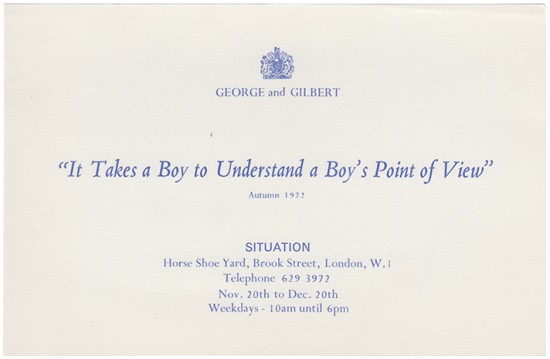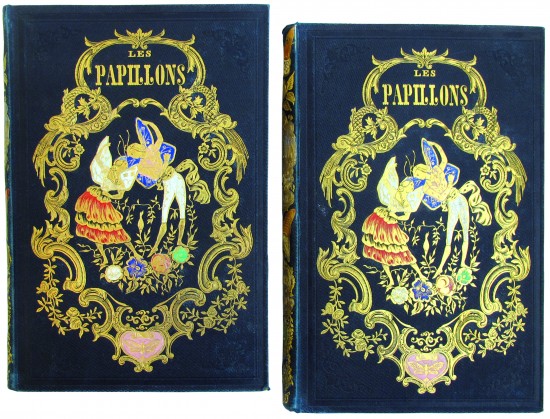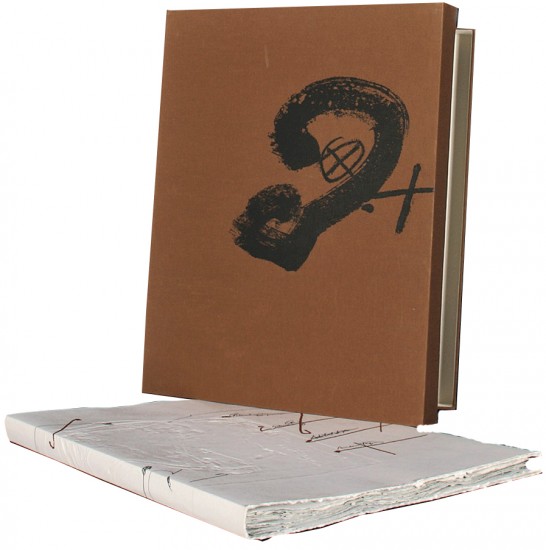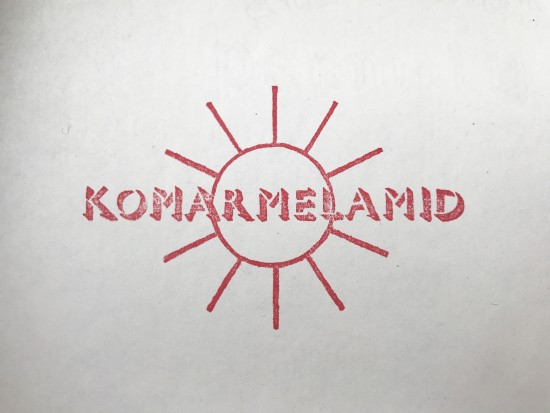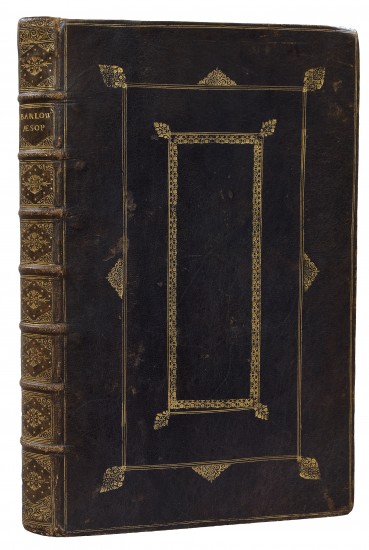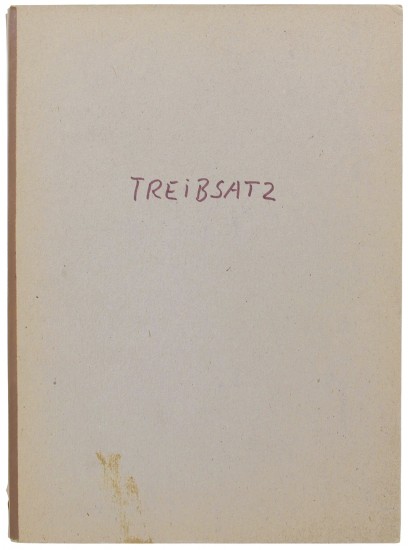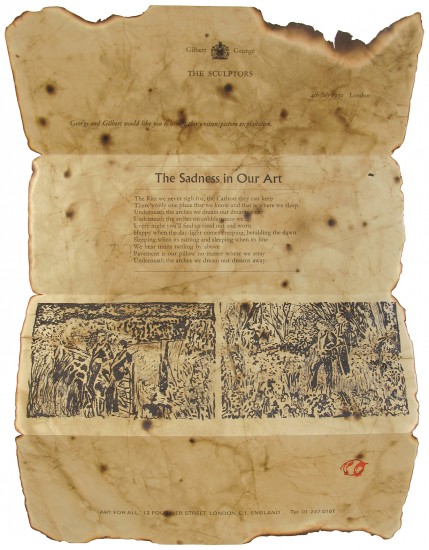The Architecture of Leon Battista Alberti in Ten Books, Of Painting in Three Books and Of Statuary in One Book. Translated into Italian by Cosimo Bartoli. And Now First Into English, And Divided into Three Volumes by James Leoni, Venetian Architect; To Which Are Added Several Designs of His Own, For Buildings Both Public And Private
Alberti, Leon Battista
London. Thomas Edlin. 1726
Sold
First edition in English of Alberti's De Re Ædificatoria, together with his other works De Pictura and Della Statua.
John Evelyn had appended an English translation of Della Statua to his own work on Fréart, but it was not until Leoni (who had also introduced Palladio to an English audience) that any of Alberti's other works appeared in English. The engravings and text used by Leoni for Alberti's architectural text were based on the translation and first illustrated edition published by Bartoli in 1550, while he used du Fresne's 1651 edition for the painting and sculpture sections and the brief life of Alberti. Leoni added a further section at the end of Alberti's works to publicise his own endeavours.
As part of the court of Cosimo de Medici the Elder, friend to Lorenzo, Brunelleschi and the Humanist circle, as well as secretary to six Popes, Leon Battista Alberti was much more than an architect or theoretician. Born into an important but exiled Florentine family in Genoa in 1404, Alberti, with his knowledge of Latin and Greek, flourished when the family were permitted to return in 1429. His works covered painting (De Pictura), sculpture (Della Statua), cryptography, the family and mathematics (Ludi Rerum Mathematicarum), the source for which was Euclid's Optics and it is the combination of his talents that led to the publication of perhaps his most famous and influential work, the De Re Ædificatoria of 1485. Printed in the year of the Battle of Bosworth Field and the ascendancy of the Tudors, Britain had to wait until 1726 for the first English edition, the publication of which is strongly indicative of the work's lasting importance. Building on the ideas of Vitruvius, Alberti also divides his work into ten books and stresses, in particular, the harmonious whole of a building, but has time to reflect on matters relating to gardens where he follwed the Roman landscapists rather than prevalent medieval ideas of walled gardens. Considered by later architects to be more of a theoretician than a practical architect, Alberti is most remembered for his facade of Santa Maria Novella in Florence, an exercise in the tiling of the plane, a breaking down of total surface area into harmonious compartments. In doing this, he provides the spectator with a group of additive units, by which he may visually take the measure of the building, (K. Williams). In this Alberti made use of his own researches, which involved precise measurement and survey of among other things the human body and Rome in its entirety, which he undertook in 1444, as well as the work of Masaccio and Brunelleschi and their rediscovery of geometrical perspective. Active until the end of his life, the De Re Ædificatoria, begun in 1450 was not published until after Alberti's death in Rome in 1472.
Subscriber's to the edition included Nicholas Hawkesmore, Sir John Vanbrugh, Sir Christopher Wren (although deceased when finally issued) and Lord Burlington who ordered two copies.
[Millard 4; Berlin 2554; Fowler 11; Weinreb 16, 9].
John Evelyn had appended an English translation of Della Statua to his own work on Fréart, but it was not until Leoni (who had also introduced Palladio to an English audience) that any of Alberti's other works appeared in English. The engravings and text used by Leoni for Alberti's architectural text were based on the translation and first illustrated edition published by Bartoli in 1550, while he used du Fresne's 1651 edition for the painting and sculpture sections and the brief life of Alberti. Leoni added a further section at the end of Alberti's works to publicise his own endeavours.
As part of the court of Cosimo de Medici the Elder, friend to Lorenzo, Brunelleschi and the Humanist circle, as well as secretary to six Popes, Leon Battista Alberti was much more than an architect or theoretician. Born into an important but exiled Florentine family in Genoa in 1404, Alberti, with his knowledge of Latin and Greek, flourished when the family were permitted to return in 1429. His works covered painting (De Pictura), sculpture (Della Statua), cryptography, the family and mathematics (Ludi Rerum Mathematicarum), the source for which was Euclid's Optics and it is the combination of his talents that led to the publication of perhaps his most famous and influential work, the De Re Ædificatoria of 1485. Printed in the year of the Battle of Bosworth Field and the ascendancy of the Tudors, Britain had to wait until 1726 for the first English edition, the publication of which is strongly indicative of the work's lasting importance. Building on the ideas of Vitruvius, Alberti also divides his work into ten books and stresses, in particular, the harmonious whole of a building, but has time to reflect on matters relating to gardens where he follwed the Roman landscapists rather than prevalent medieval ideas of walled gardens. Considered by later architects to be more of a theoretician than a practical architect, Alberti is most remembered for his facade of Santa Maria Novella in Florence, an exercise in the tiling of the plane, a breaking down of total surface area into harmonious compartments. In doing this, he provides the spectator with a group of additive units, by which he may visually take the measure of the building, (K. Williams). In this Alberti made use of his own researches, which involved precise measurement and survey of among other things the human body and Rome in its entirety, which he undertook in 1444, as well as the work of Masaccio and Brunelleschi and their rediscovery of geometrical perspective. Active until the end of his life, the De Re Ædificatoria, begun in 1450 was not published until after Alberti's death in Rome in 1472.
Subscriber's to the edition included Nicholas Hawkesmore, Sir John Vanbrugh, Sir Christopher Wren (although deceased when finally issued) and Lord Burlington who ordered two copies.
[Millard 4; Berlin 2554; Fowler 11; Weinreb 16, 9].
pp. (16), 103; (2), 44, 46 - 47, 49 - 66, 68 - 68, 69 -130; (2), 34; (8), 6. 3 (4) vols. in 2. Folio. Engraved allegorical frontispiece, Italian title, English title, Leoni's Italian dedication leaf, list of subscribers, the life of Alberti with a list of his works, preface by Leoni, parallel text (in English and Italian) of books I - V (103 numbered leaves) with nine engraved plates; title for vol. II and Italian title for vol. II, parallel text (in English and Italian) of books VI - X (130 numbered leaves) and 58 engraved plates, of which four are double-page; privilege leaf, title to vol. III (On Painting including On Statuary), Italian title, dedication leaf to Thomas Scawen in Latin, parallel text (in English and Italian) of Books I - III (34 numbered leaves) and eight engraved plates; title for Leoni's Works, Italian title, 'to the Reader' (5 leaves), text (6 leaves), additional subscribers list and 27 engraved plates, of which 20 are double-page or large fold-out plates. All of the plates are by Leoni apart from 3 by Bernard Picart, the engraver - often unnamed - is given variously as Picart, John Harris or J. Cole. Full modern calf.
#40723


